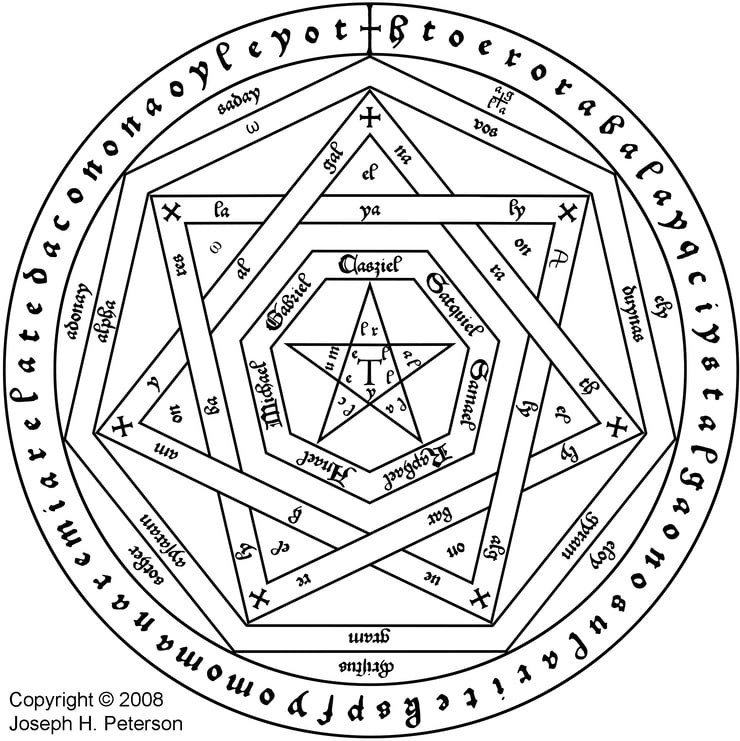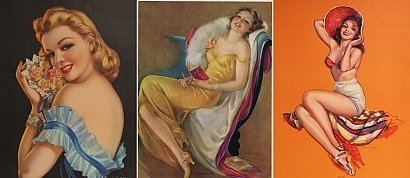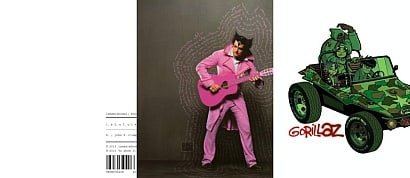
Added to
Votes for this image - View all
Key of Solomon is a grimoire incorrectly attributed to King Solomon. It probably dates back to the 14th or 15th century Italian Renaissance. It presents a typical example of Renaissance magic.
It is possible that the Key of Solomon inspired later works, particularly the 17th-century grimoire also known as Clavicula Salomonis Regis, The Lesser Key of Solomon or Lemegeton, although there are many differences between the books.
Many such grimoires attributed to King Solomon were written in this period, ultimately influenced by earlier (High Medieval) works of Jewish kabbalists and Arab alchemists, which in turn hark back to Greco-Roman magic of Late Antiquity.
The Key of Solomon is divided into two books. It describes not the appearance or work of any spirit but only the necessary drawings to prepare each "experiment" or, in more modern language, magical operations.
Unlike later grimoires such as the Pseudomonarchia Daemonum (16th century) or the Lemegeton (17th century), the Key of Solomon does not mention the signature of the 72 spirits constrained by King Solomon in a bronze vessel. As in most medieval grimoires, all magical operations are ostensibly performed through the power of God, to whom all the invocations are addressed. Before any of these operations (termed "experiments") are performed, the operator must confess his sins and purge himself of evil, invoking the protection of God.
Elaborate preparations are necessary, and each of the numerous items used in the operator's "experiments" must be constructed of the appropriate materials obtained in the prescribed manner, at the appropriate astrological time, marked with a specific set of magical symbols, and blessed with its own specific words. All substances needed for the magic drawings and amulets are detailed, as well as the means to purify and prepare them. Many of the symbols incorporate the Transitus Fluvii occult alphabet.
According to the mythical history of the document, as recorded in its introduction, Solomon wrote the book for his son Rehoboam, and commanded him to hide the book in his sepulchre upon his death. After many years the book was discovered by a group of Babylonian philosophers repairing Solomon's tomb. None could interpret the text, until one of them, Iohé Grevis, suggested that they should entreat the Lord for understanding. The Angel of the Lord appeared to him and extracted a promise that he would keep the text hidden from the unworthy and the wicked, after which he was able to read it plainly. Iohé Grevis then placed a conjuration on the book that the unworthy, the unwise or those who did not fear God would not attain the desired effect from any of the workings contained therein.
It is possible that the Key of Solomon inspired later works, particularly the 17th-century grimoire also known as Clavicula Salomonis Regis, The Lesser Key of Solomon or Lemegeton, although there are many differences between the books.
Many such grimoires attributed to King Solomon were written in this period, ultimately influenced by earlier (High Medieval) works of Jewish kabbalists and Arab alchemists, which in turn hark back to Greco-Roman magic of Late Antiquity.
The Key of Solomon is divided into two books. It describes not the appearance or work of any spirit but only the necessary drawings to prepare each "experiment" or, in more modern language, magical operations.
Unlike later grimoires such as the Pseudomonarchia Daemonum (16th century) or the Lemegeton (17th century), the Key of Solomon does not mention the signature of the 72 spirits constrained by King Solomon in a bronze vessel. As in most medieval grimoires, all magical operations are ostensibly performed through the power of God, to whom all the invocations are addressed. Before any of these operations (termed "experiments") are performed, the operator must confess his sins and purge himself of evil, invoking the protection of God.
Elaborate preparations are necessary, and each of the numerous items used in the operator's "experiments" must be constructed of the appropriate materials obtained in the prescribed manner, at the appropriate astrological time, marked with a specific set of magical symbols, and blessed with its own specific words. All substances needed for the magic drawings and amulets are detailed, as well as the means to purify and prepare them. Many of the symbols incorporate the Transitus Fluvii occult alphabet.
According to the mythical history of the document, as recorded in its introduction, Solomon wrote the book for his son Rehoboam, and commanded him to hide the book in his sepulchre upon his death. After many years the book was discovered by a group of Babylonian philosophers repairing Solomon's tomb. None could interpret the text, until one of them, Iohé Grevis, suggested that they should entreat the Lord for understanding. The Angel of the Lord appeared to him and extracted a promise that he would keep the text hidden from the unworthy and the wicked, after which he was able to read it plainly. Iohé Grevis then placed a conjuration on the book that the unworthy, the unwise or those who did not fear God would not attain the desired effect from any of the workings contained therein.
People who voted for this also voted for
Art History | Surrealism and Visionary Art
Animal Faces - 3
We don't need colors to be beautiful
Beautiful Sky
My Top Favorite Movie : Unforgiven
Pin-up Artwork by Jules Erbit
Christmas
Anautix' favorite Smooth Jazz
Animal Candids 5
Sandra Dee And Debbie Reynolds' "Tammy" Movies
Winter (2014) in South Dakota (USA)
When I was 31... book diary 2014/2015 (Finished)
Stuff I Listen To
...Cartoons collection...
Bill Medcalf's Gallery
 Login
Login
















